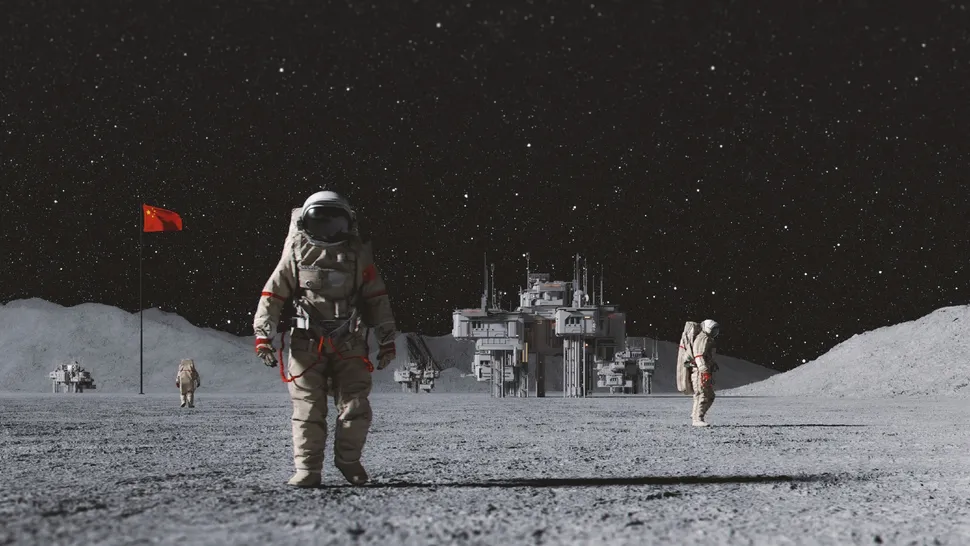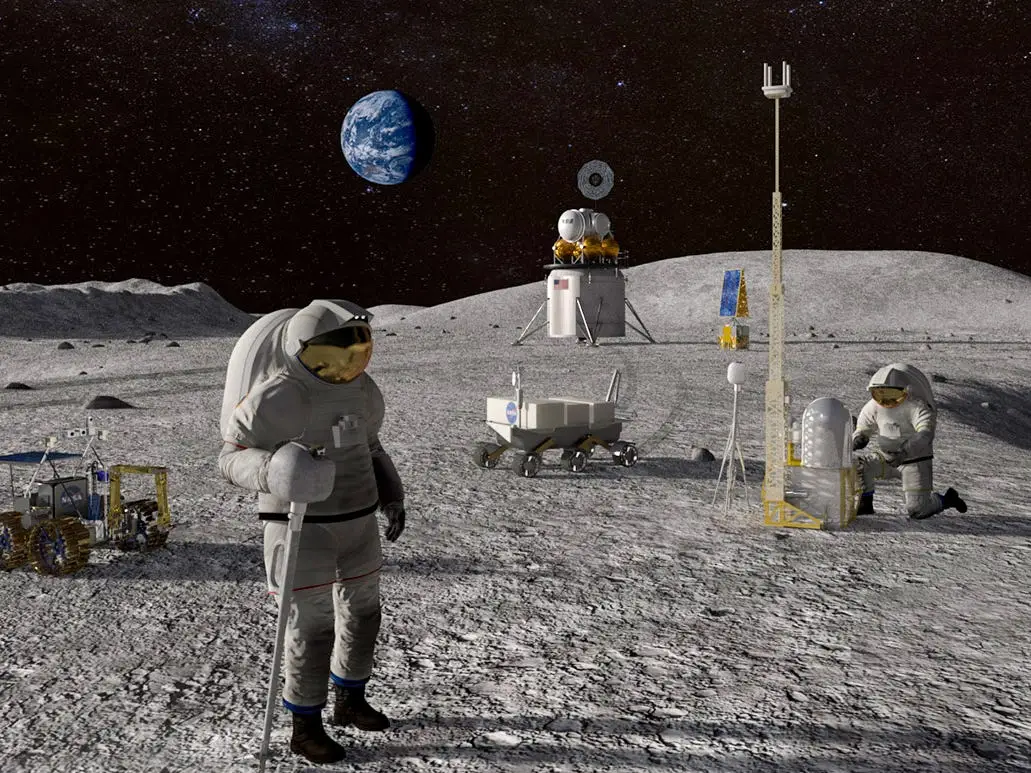
Nuclear Power Plant on Moon
Introduction: As humanity sets its sights on lunar exploration, the need for sustainable energy solutions becomes paramount. The moon, our nearest astronomical neighbor, presents both opportunities and challenges. While solar power is the go-to energy source in space, the prolonged lunar nights—lasting 14 days—pose a significant hurdle for permanent installations. Enter Russia and China, who are collaborating on an ambitious plan: building a nuclear power plant on moon by the mid-2030s.
The Energy Conundrum
- Lunar Exploration Renaissance:
- National space agencies and private companies are rekindling interest in lunar exploration.
- Ambitious plans include human settlements, water mining operations, and telescopes on the moon’s surface.
- The Energy Challenge:
- How do we power these lunar endeavors effectively?
- Solar power alone won’t suffice due to the extended lunar nights.
Russia and China’s Joint Effort
- Nuclear Power Plant Proposal:
- Yuri Borisov, head of Russia’s space agency Roscosmos, revealed plans for a lunar nuclear power plant.
- The goal: support joint exploration efforts with China.
- Project timeline: 2033-2035.
- Russia’s Expertise in “Nuclear Space Energy”:
- Russia’s primary contribution lies in its nuclear expertise.
- The proposed power unit would be installed on the lunar surface alongside Chinese counterparts.
- Beyond the Moon: Nuclear-Powered Spaceship:
- Russia and China are developing a nuclear-powered spaceship.
- This “space tugboat” would:
- Transport large cargoes between orbits.
- Collect space debris.
- Serve various other applications.
Uncertainties and Challenges
- Fruition Unclear:
- The feasibility of these plans remains uncertain.
- Russia’s space industry faces challenges due to its deteriorating state.
- Luna-25 Mission:
- Last year, Russia launched the Luna-25 mission, aiming to explore the moon’s south pole.
- The success of such missions will shape the future of lunar energy endeavors.
Russia and China’s lunar nuclear power plant on moon project represents a bold step toward sustainable energy solutions beyond Earth. As we venture into the cosmos, innovation and collaboration will be our guiding stars.
Russia and China are collaborating on a groundbreaking project to establish a nuclear power plant on Moon by 2035. This ambitious endeavor aims to support future lunar colonization efforts and is part of a larger initiative known as the International Lunar Research Station (ILRS). The plan involves deploying an automated nuclear reactor that could be transported and assembled without human intervention, providing a reliable power source for the lunar base. The technological solutions required for this mission are reportedly nearing readiness, with both nations contributing their expertise in space exploration and nuclear energy. This joint venture represents a significant leap in extraterrestrial infrastructure development and could pave the way for sustained human presence beyond Earth

Image Credit: LRO / NASA
In summary, China and Russia have joined forces in an ambitious endeavor, aiming to establish the first-ever nuclear power plant on Moon. This groundbreaking collaboration symbolizes a leap forward in lunar exploration and sustainable energy initiatives. Leveraging their expertise in space technology and nuclear engineering, the two nations have embarked on a mission that could redefine the future of extraterrestrial habitation and resource utilization.
The proposed nuclear power plant promises to provide a reliable and uninterrupted energy source for future lunar colonies, supporting essential operations such as habitat heating, oxygen production, and resource extraction. This visionary project underscores the potential for international cooperation in advancing space exploration and underscores the commitment to sustainable energy solutions beyond Earth’s boundaries.
As the world watches with anticipation, the China-Russia alliance paves the way for a new era of lunar development, where innovation and collaboration illuminate the path to humanity’s expansion into the cosmos.
The China-Russia collaboration marks a historic milestone in lunar exploration, proposing the first nuclear power plant on the Moon. This visionary project promises sustainable energy for future lunar colonies, exemplifying international cooperation’s potential in advancing space exploration and humanity’s quest for sustainable extraterrestrial habitation.
